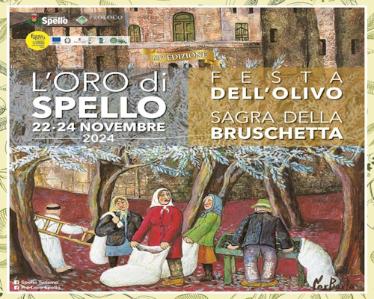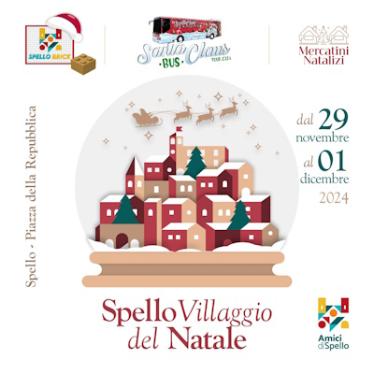HISTORY
After the Ancient Umbrii who, according to many historians, founded Spello, the Romans arrived. They called the colony Julia Hispellum (circa 41 BC) and gave impetus to the town's most important historical period. After the fall of the Roman Empire, the town was destroyed by the Ostrogoths led by Totila and became part of the Longobard Duchy of Spoleto. After the turbulent years of the Early Middle Ages, it became an independent commune in the 12th century.
Towards the end of the 14th century Spello was under the rule of the Baglioni family from Perugia who held it until 1583. During this time the town enjoyed an intense period of artistic activity and was enriched with Renaissance masterpieces by Pintoricchio, Perugino and Alunno. Spello then came under the dominion of the Papal States, except for the brief Napoleonic period, until 1860.
ART, CULTURE, ENVIRONMENT
Spello combines its medieval features, such as winding alleys and ancient stone houses, with several remains of the Roman era, such as the town walls and the still well-preserved gates, the remains of the theatre, the amphitheatre and of the baths opened along this route. The village is still surrounded by walls, erected in 1360 by incorporating part of the Roman city walls and three splendid gates: the Consular gate (first c. BC), the Urbica gate (or St. Ventura gate) and the Venus gate of Augustan age, built as a triumphal arch, flanked by two dodecagonal towers, so called of Properzio.
The church of St. Mary Maggiore (12th - 13th century), with great art treasures inside it, stands out among the religious buildings: on the left side of its nave is the splendid Baglioni chapel decorated with frescoes by Pinturicchio and enriched with a floor in majolica tile from Deruta (1566) as well as Perugino's paintings. The big painting Madonna and Saints (1508) was also executed by Pinturicchio (with a big help of Eusebio da San Giorgio) and is stored in the 1200 church of St. Andrew, that also preserves a Crucifix of the Giotto school, and here the body of the Blessed Andrea Caccioli, companion of St. Francis, is exhibited.
Beyond the Town Hall, home of the Library (ancient collection), of the historical archive and of the Academy of Constantinian Studies, don't miss a visit to Baglioni Palace (1358), Canonical Palace, seat of the Picture Gallery, and the church of St. Lawrence (12th century), preserving a precious marble tabernacle, monumental work of the sculptor Flaminio Vacca (1587).
In the surroundings there is the interesting church of St. Claudio, beautiful example of Romanesque architecture, the church of St. Jerome with the adjacent convent, complex built in 1472 with the financing of Braccio II Baglioni, Master of Spello, Villa Fidelia dating to the 1500 and then considerably transformed and expanded in the 1700 and 1800, built on the place of a majestic Hellenistic sanctuary devoted to different divinities, including of course Venus. The villa hosts a rich collection of paintings, sculptures and antiques.
The complex of St. Jerome is located in the most attractive part of the territory: the area, in the shelter of Mount Subasio, is characterized by a vegetation that followed naturally the mountain morphology over the years, by developing in accordance with the environmental and natural prerogatives of the place.




























